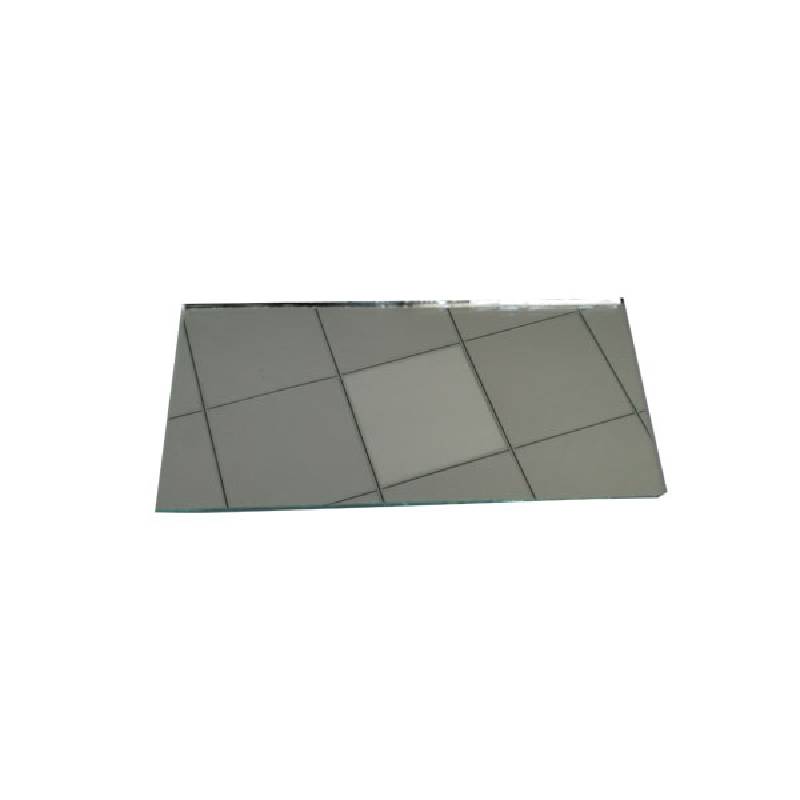Types of Tinted Window Glass
Window tinting has become an increasingly popular choice for vehicles, homes, and commercial spaces. The benefits of tinted glass are numerous, ranging from enhanced privacy and reduced glare to increased energy efficiency and UV protection. Understanding the different types of tinted window glass can help you make informed decisions about which option best suits your needs.
1. Dyed Window Tint
Dyed window tint is one of the most common types of tinting used in automotive windows. This material is created by adding a dye between an adhesive and a protective layer. The primary function of dyed tint is to reduce glare and provide privacy. Although it does not offer significant heat-rejecting properties, it is affordable and comes in a wide variety of shades. Dyed tints tend to fade over time, especially if exposed to direct sunlight for prolonged periods.
2. Metalized Window Tint
Metalized window tint features tiny metallic particles embedded in the film, enhancing its durability and effectiveness. This type of tint reflects heat and UV rays, providing better energy efficiency for buildings and vehicles. Metalized films are more resistant to fading compared to dyed films and can give windows a polished, reflective look. However, they may interfere with radio and GPS signals due to their metallic composition, which is a consideration for some users.
3. Ceramic Window Tint
types of tinted window glass
Ceramic window tint is known for its advanced technology. It is made from ceramic particles that are non-metallic and do not interfere with electronic signals. This tint offers exceptional heat reduction, UV protection, and durability without the risk of fading. Ceramic tints are transparent and do not darken the appearance of windows excessively, maintaining visibility while providing effective insulation. Although they tend to be more expensive than other types of window films, their performance makes them a worthwhile investment for those seeking long-term benefits.
4. Carbon Window Tint
Carbon window tint provides a balance between performance and budget. It contains carbon particles that block UV rays and infrared heat, making it an effective option for reducing glare and heat without overly darkening windows. One of the advantages of carbon tints is their longevity; they are less likely to fade over time compared to dyed tints. Additionally, they offer a matte finish, giving a stylish appearance to vehicles and homes alike.
5. Reflective Window Tint
Reflective window tint is designed to reflect sunlight away from the surface of the glass, making it one of the most effective options for heat rejection. This tint typically has a mirror-like finish on one side, which enhances privacy during the day while allowing occupants to see outside. However, this reflective quality can create a barrier to nighttime visibility from the outside in, which some people may find off-putting.
Conclusion
Choosing the right type of tinted window glass is essential based on your specific needs. Factors such as budget, privacy, heat rejection, and appearance should all be considered when making your decision. Whether you opt for dyed, metalized, ceramic, carbon, or reflective tint, each type brings its own set of advantages. By understanding these options, you can better assess what will work best for your vehicle or living space. The right window tint can enhance comfort, protect your interior, and elevate the overall aesthetic of your property.
 Afrikaans
Afrikaans  Albanian
Albanian  Amharic
Amharic  Arabic
Arabic  Armenian
Armenian  Azerbaijani
Azerbaijani  Basque
Basque  Belarusian
Belarusian  Bengali
Bengali  Bosnian
Bosnian  Bulgarian
Bulgarian  Catalan
Catalan  Cebuano
Cebuano  Corsican
Corsican  Croatian
Croatian  Czech
Czech  Danish
Danish  Dutch
Dutch  English
English  Esperanto
Esperanto  Estonian
Estonian  Finnish
Finnish  French
French  Frisian
Frisian  Galician
Galician  Georgian
Georgian  German
German  Greek
Greek  Gujarati
Gujarati  Haitian Creole
Haitian Creole  hausa
hausa  hawaiian
hawaiian  Hebrew
Hebrew  Hindi
Hindi  Miao
Miao  Hungarian
Hungarian  Icelandic
Icelandic  igbo
igbo  Indonesian
Indonesian  irish
irish  Italian
Italian  Japanese
Japanese  Javanese
Javanese  Kannada
Kannada  kazakh
kazakh  Khmer
Khmer  Rwandese
Rwandese  Korean
Korean  Kurdish
Kurdish  Kyrgyz
Kyrgyz  Lao
Lao  Latin
Latin  Latvian
Latvian  Lithuanian
Lithuanian  Luxembourgish
Luxembourgish  Macedonian
Macedonian  Malgashi
Malgashi  Malay
Malay  Malayalam
Malayalam  Maltese
Maltese  Maori
Maori  Marathi
Marathi  Mongolian
Mongolian  Myanmar
Myanmar  Nepali
Nepali  Norwegian
Norwegian  Norwegian
Norwegian  Occitan
Occitan  Pashto
Pashto  Persian
Persian  Polish
Polish  Portuguese
Portuguese  Punjabi
Punjabi  Romanian
Romanian  Russian
Russian  Samoan
Samoan  Scottish Gaelic
Scottish Gaelic  Serbian
Serbian  Sesotho
Sesotho  Shona
Shona  Sindhi
Sindhi  Sinhala
Sinhala  Slovak
Slovak  Slovenian
Slovenian  Somali
Somali  Spanish
Spanish  Sundanese
Sundanese  Swahili
Swahili  Swedish
Swedish  Tagalog
Tagalog  Tajik
Tajik  Tamil
Tamil  Tatar
Tatar  Telugu
Telugu  Thai
Thai  Turkish
Turkish  Turkmen
Turkmen  Ukrainian
Ukrainian  Urdu
Urdu  Uighur
Uighur  Uzbek
Uzbek  Vietnamese
Vietnamese  Welsh
Welsh  Bantu
Bantu  Yiddish
Yiddish  Yoruba
Yoruba  Zulu
Zulu 

